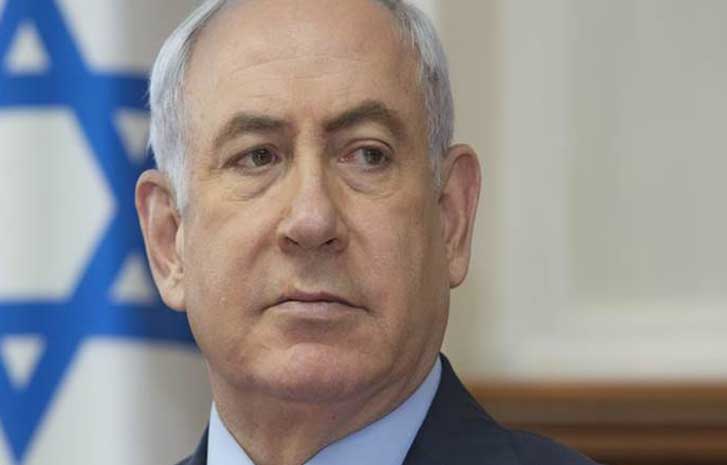On October 1, 2024, Israel launched a ground invasion into southern Lebanon, marking a dramatic escalation in the long-standing conflict with Hezbollah. This military operation, catalyzed by a series of devastating strikes against Hezbollah in September, raises critical questions about the future of regional stability and the humanitarian toll on civilians caught in the crossfire. The backdrop to this invasion is a complex interplay of geopolitical tensions that have recently intensified with the Israel– Hamas conflict. Following the October 2023 Hamas-led attack
on Israel, Hezbollah, backed by Iran, entered the fray, intensifying cross-border skirmishes that have already resulted in significant casualties on both sides.
By September 2024, a staggering 1,900 cross-border attacks had been documented from Hezbollah, alongside over 8,300 retaliatory strikes from Israel. The death toll has been grim; over 564 in Lebanon and 52 in Israel, with countless civilians displaced and infrastructure devastated. Israel’s stated objective in the ongoing invasion of the southern part of Lebanon is to dismantle Hezbollah’s military capabilities that threaten northern Israeli communities. Yet, the unfolding events are reminiscent of past conflicts, notably the 2006 Lebanon War, which left lasting scars
on both societies. The assassination of Hezbollah leader, Hassan Nasrallah, in late-September and the crippling of its command structure led to a tactical shift, pushing Hezbollah into a position of desperation and aggression.
Hezbollah has responded defiantly, claiming it will continue its offensive until Israel ceases its operations in Gaza, which suggests a potential for prolonged conflict. As Israeli forces advance, they have encountered fierce resistance, with both sides suffering casualties in the early days of the ground invasion. The immediate consequences of this military engagement are being felt acutely by civilians in southern Lebanon, where evacuation orders are being issued and airstrikes are wreaking havoc on residential areas. This cycle of violence raises urgent humanitarian concerns.
Advertisement
The Lebanese Armed Forces have effectively withdrawn from the border area, creating a vacuum that Hezbollah has filled. International observers fear that a broader military engagement could lead to catastrophic humanitarian crises, exacerbating the already dire conditions in Lebanon and increasing the risk of a wider regional war. Diplomatic efforts to de-escalate the situation have so far proven ineffective. With the international community divided and reactive rather than proactive, the potential for a ceasefire appears slim. The reliance on military solutions to address deep-seated grievances has historically led to greater instability, a lesson that seems lost on current leaders. As this latest chapter unfolds, it becomes increasingly crucial for the international community to engage in meaningful dialogue
and address the root causes of the Israel-Hezbollah conflict.
Without a concerted effort to foster peace, the current trajectory suggests a grim future, with more lives lost and an enduring cycle of violence that could engulf the region for years to come.
In the midst of this chaos, the voices of civilians – those who endure the consequences of these military actions – must not be overlooked. The civilian toll in hostilities is, as columnist Bahauddin Foizee observed, not just a number; it reflects uprooted lives, shattered families, and communities in turmoil. Their stories should compel those in safer distance to advocate for peace and diplomacy over violence and retribution.
As the bombs fall and lives are shattered, the call for an end to hostilities becomes ever more urgent.
*Issa, Member, Global Affairs Writers’ Association, sent this piece via lara.issa@protonmail.com











